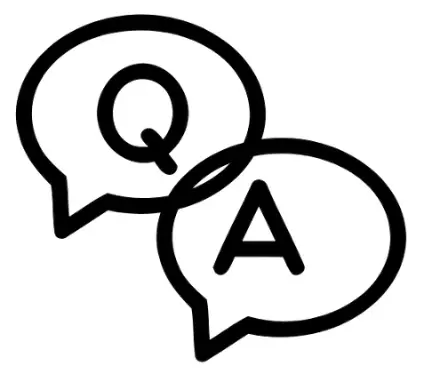21. A data professional conducts a hypothesis test to compare the mean time customers spend on two different versions of a company’s website. To start, they state the null hypothesis and the alternative hypothesis. What should they do next?
- Find the margin of error.
- Choose a significance level.
- Find the p-value.
- Reject or fail to reject the null hypothesis.
22. A data professional is conducting a hypothesis test. Their null hypothesis states that there is no difference between two population proportions. What type of test are they conducting?
- Two-sample z-test
- Two-sample t-test
- One-sample z-test
- One-sample t-test
23. A data professional conducts a hypothesis test to compare the mean annual sales of two different restaurants in the same restaurant chain. They write the following code:
scipy.stats.ttest.ind(a=530, b=550, equal_var=FALSE)
What does the argument equal_var=FALSE refer to?
- Observations from the first sample
- P-value
- Whether or not the population variance of the two samples is assumed to be equal
- Significance level
24. Which of the following statements accurately describe the null hypothesis? Select all that apply.
- The null hypothesis typically assumes that observed data occurs by chance.
- The null hypothesis typically assumes that observed data does not occur by chance.
- The null hypothesis is assumed to be true unless there is convincing evidence to the contrary.
- The null hypothesis is accepted as true only if there is convincing evidence for it.
25. What term describes the probability of rejecting the null hypothesis when it is true?
- Statistical significance
- Alternative hypothesis
- P-value
- Significance level
26. What is the third step when conducting a hypothesis test?
- Reject of fail to reject the null hypothesis
- Find the p-value
- Choose a confidence level
- Choose a significance level
27. A data professional conducts a hypothesis test. They choose a significance level of 10%. They calculate a p-value of 12.4%. What conclusion should they draw?
- Reject the alternative hypothesis.
- Fail to reject the null hypothesis.
- Fail to reject the alternative hypothesis.
- Reject the null hypothesis
28. A data professional conducts a hypothesis test. They choose a significance level of 1%. They calculate a p-value of 0.01%. What conclusion should they draw?
- Reject the alternative hypothesis.
- Fail to reject the alternative hypothesis.
- Fail to reject the null hypothesis.
- Reject the null hypothesis.
